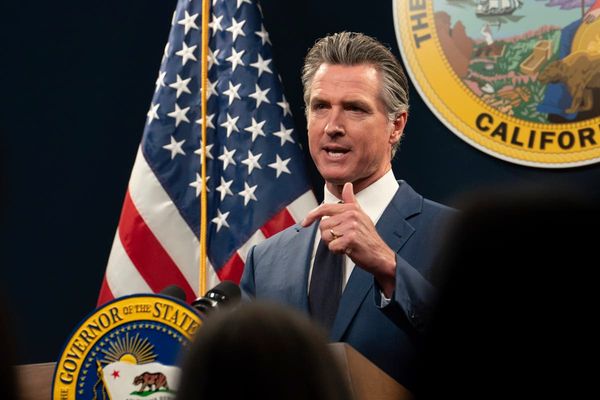
Thumbing through Crikey’s virtual pages, you could be forgiven for being confused about the cause of inflation. Maeve McGregor laid the blame for rocketing prices on cost-side pressures. Bernard Keane by contrast attributed inflation’s rise to nasty profiteering corporations increasing prices.
While McGregor and Keane are taking almost diametrically opposite views on the cause of inflation, both make little sense.
The cost-push claims are belied by data that shows cost pressures have largely reversed in the past year as inflation has rocketed. Most commodities have slumped to around pre-COVID levels: crude oil has dropped 38% off its peak, copper is down 25%, lumber is down 70%, and even natural gas, heavily impacted by the Ukraine war, is down 74%. Food prices, a critical input in inflation, fell 2.6% in May and are 22% below peak levels.
So, we can largely exclude cost-push as the major cause of Australia’s increasingly sticky inflation.
Keane was correct in a sense: some businesses are making the most of the situation and fattening profit margins. However, his complaint is more reflective of capitalism than inflation. Executives are tasked with maximising profits, which can be done in a number of ways: improving productivity, squeezing suppliers or charging customers more.
In normal times, unless they have a market monopoly, businesses that try to increase prices face a loss of market share as customers switch to competitors. But what has happened recently is businesses without monopoly pricing power have been able to increase prices without losing customers. The cause of this is obvious but exposes an inconvenient truth.
Following the global financial crisis, we saw a decade of gluttony where debt levels massively expanded on the back of moderated interest rates and fiscal spending. Then, in 2020, when the economy should have contracted, COVID came along and governments lost their collective minds.
Encouraged by much of the media, politicians globally (with a few exceptions) chose to lock up much of their populations. This had the immediate effect of significantly slowing economies and threatening mass unemployment and recession.
To avoid being voted out by the people whose jobs they destroyed, governments undertook the most aggressive fiscal stimulus in modern history. In Australia, more than $290 billion dollars was created (almost all funded by debt) and handed to all sorts of people, from those who weren’t able to work, to billionaires. The hundreds of billions of dollars that were created didn’t get returned when the pandemic ended; all that money remained in the system.
Most were in favour of the stimulus at the time. Keane himself noted the day JobKeeper was announced: “the sheer quantum of money this will push into the economy at a point where employment is collapsing and GDP is likely falling by double digits is the most important aspect, not design details. That will be crucial in softening the colossal blow our response to the virus is inflicting.” (To Keane’s credit, his views would later change.)
In April 2021, your writer suggested “JobKeeper is set to be the greatest head-fake in the history of Australian fiscal policy. A policy purporting to keep workers employed is likely to achieve two other things.
“First, it led to a massive transfer of wealth from future generations (the young and the not-yet-born) to wealthy baby boomers. Second, it created a swathe of businesses that should have been wiped out by a COVID recession but instead live on, in zombified form.”
Inflation in its most basic form is too much money chasing too few goods. The COVID-related stimulus created a torrent of cash and — unlike the previous decade of monetary and fiscal inducements (which largely went into skyrocketing asset prices like real estate) — materialised in higher consumer goods and services costs.
Corporations have been able to fatten their profit margins because their customers have more money to spend — that money came from extraordinary government stimulus during COVID. Demanding businesses not charge what customers are willing and able to pay is akin to telling homeowners they can’t increase the price of the property they are selling during a property boom.
If we’re looking for the cause of inflation, look no further than stimulus-loving governments and central banks, which dropped real interest rates to zero around the world. Blaming businesses for inflation is confusing a symptom with a cause.






